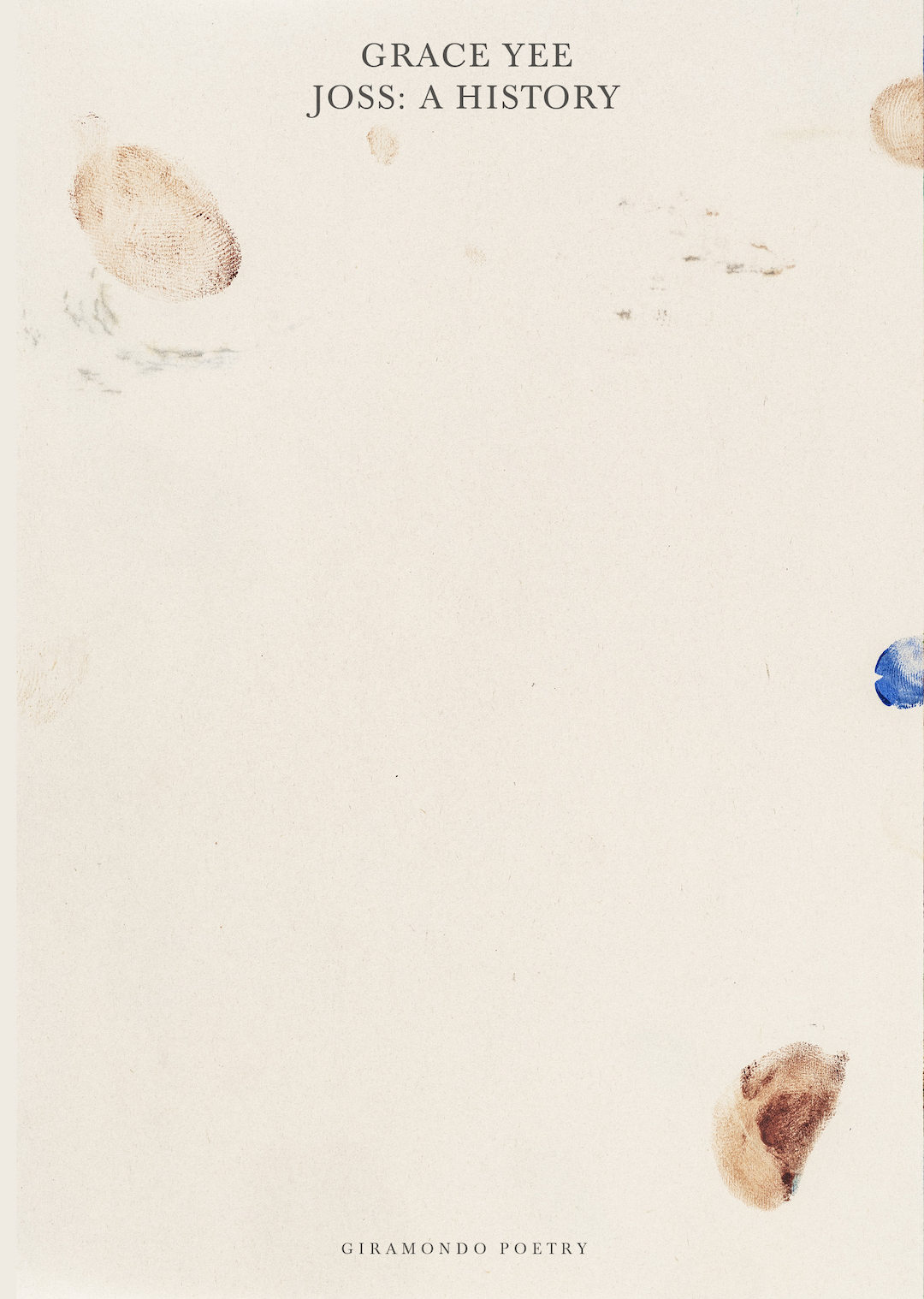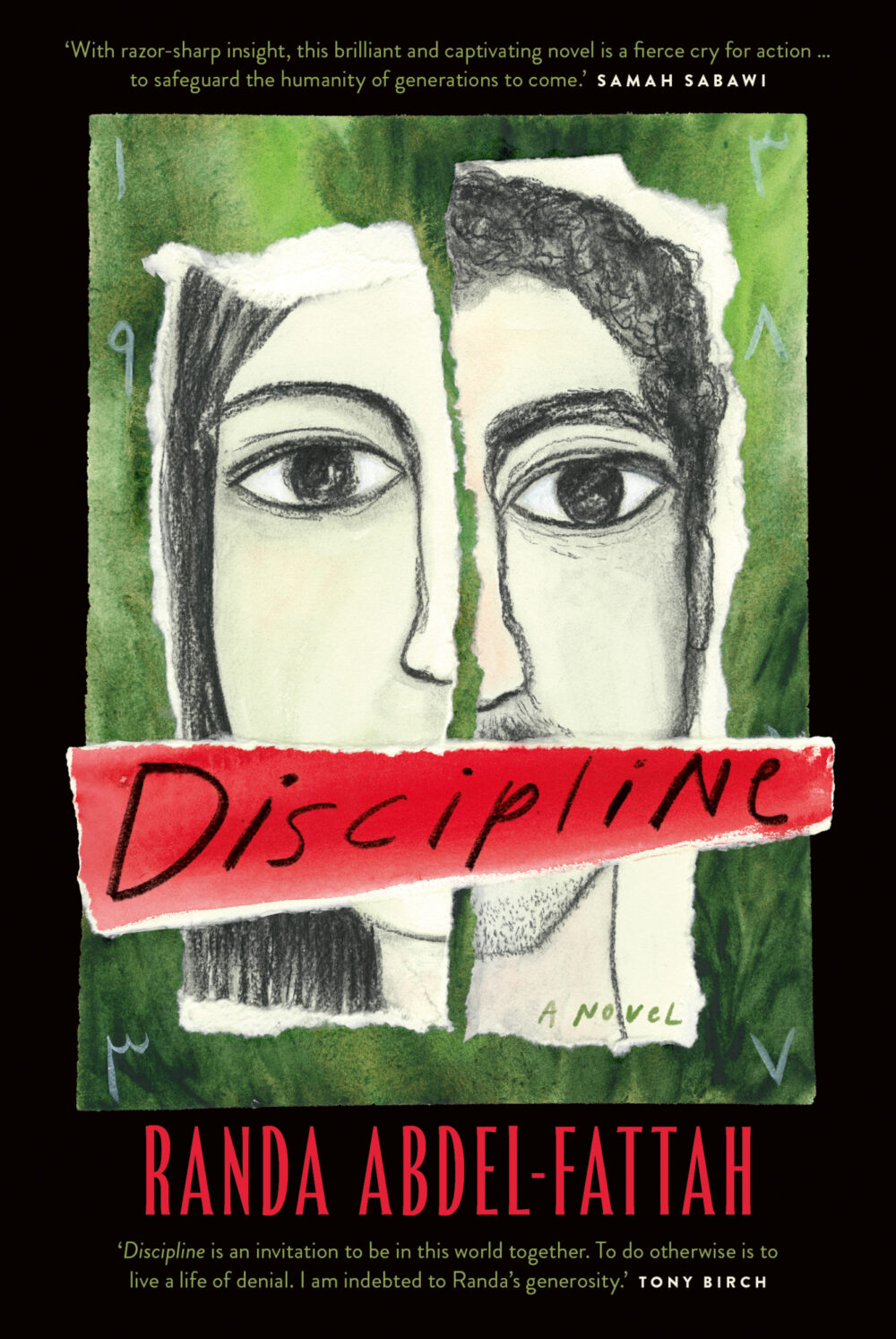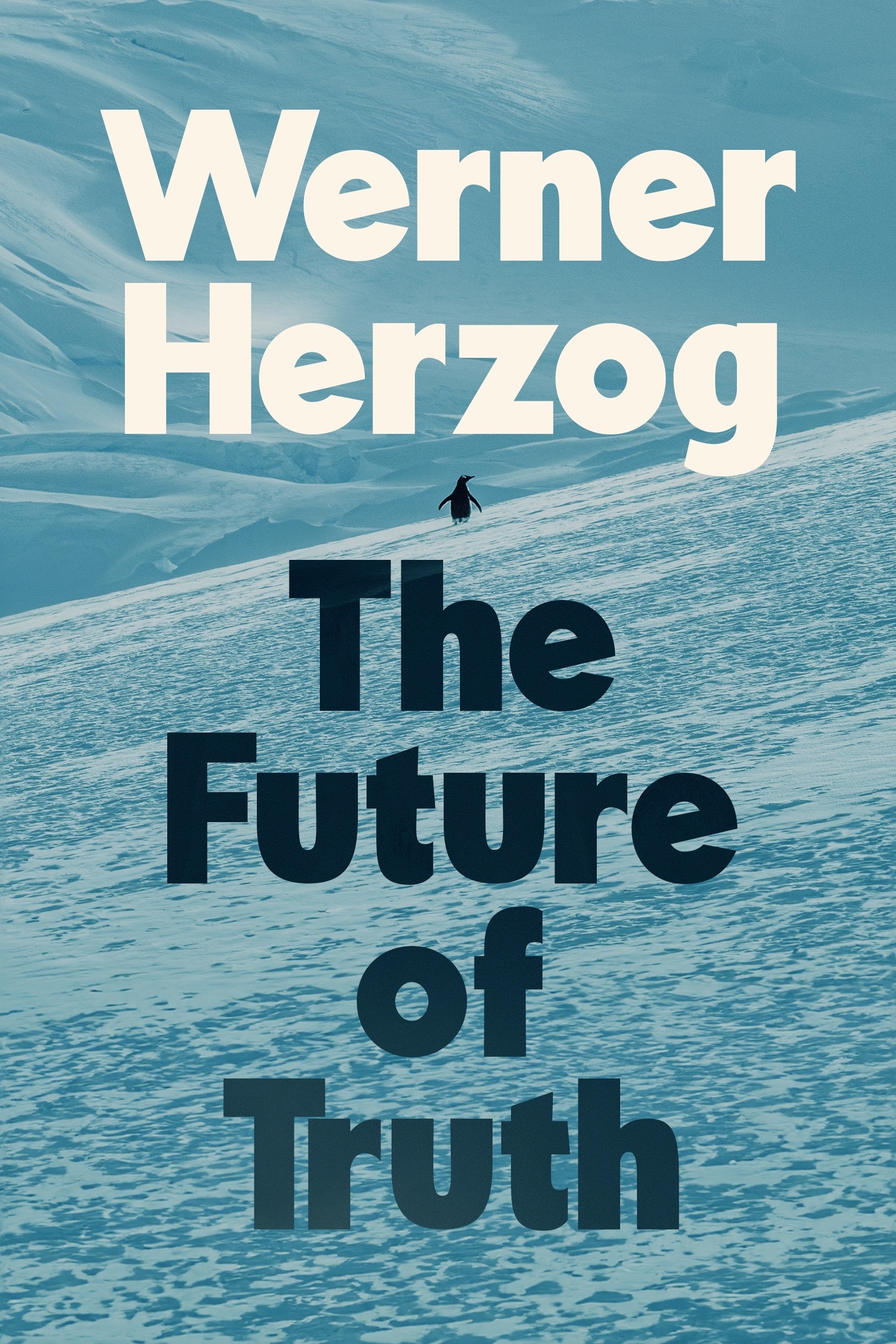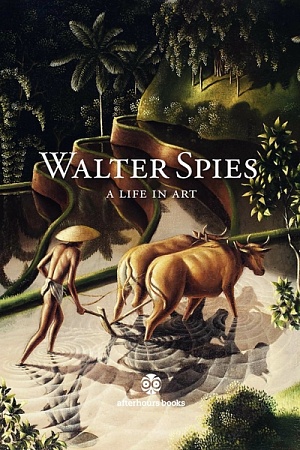Oscar
.jpg)
Arriving at the Oscar première on 13 September felt like attending an Oscars ceremony. The foyers of Melbourne’s historic Regent Theatre were filled with artists, journalists, photographers, politicians, dauntingly tall drag queens, and streams of gay couples who may have been first-timers at the ballet. The production signals a departure from The Australian Ballet’s standard repertoire. Oscar is the first full-length gay-themed ballet performed by an Australian classical company. And the capacity audience was ready for it, as a standing ovation proved two hours later.
Continue reading for only $10 per month. Subscribe and gain full access to Australian Book Review. Already a subscriber? Sign in. If you need assistance, feel free to contact us.











Comment (1)
Leave a comment
If you are an ABR subscriber, you will need to sign in to post a comment.
If you have forgotten your sign in details, or if you receive an error message when trying to submit your comment, please email your comment (and the name of the article to which it relates) to ABR Comments. We will review your comment and, subject to approval, we will post it under your name.
Please note that all comments must be approved by ABR and comply with our Terms & Conditions.